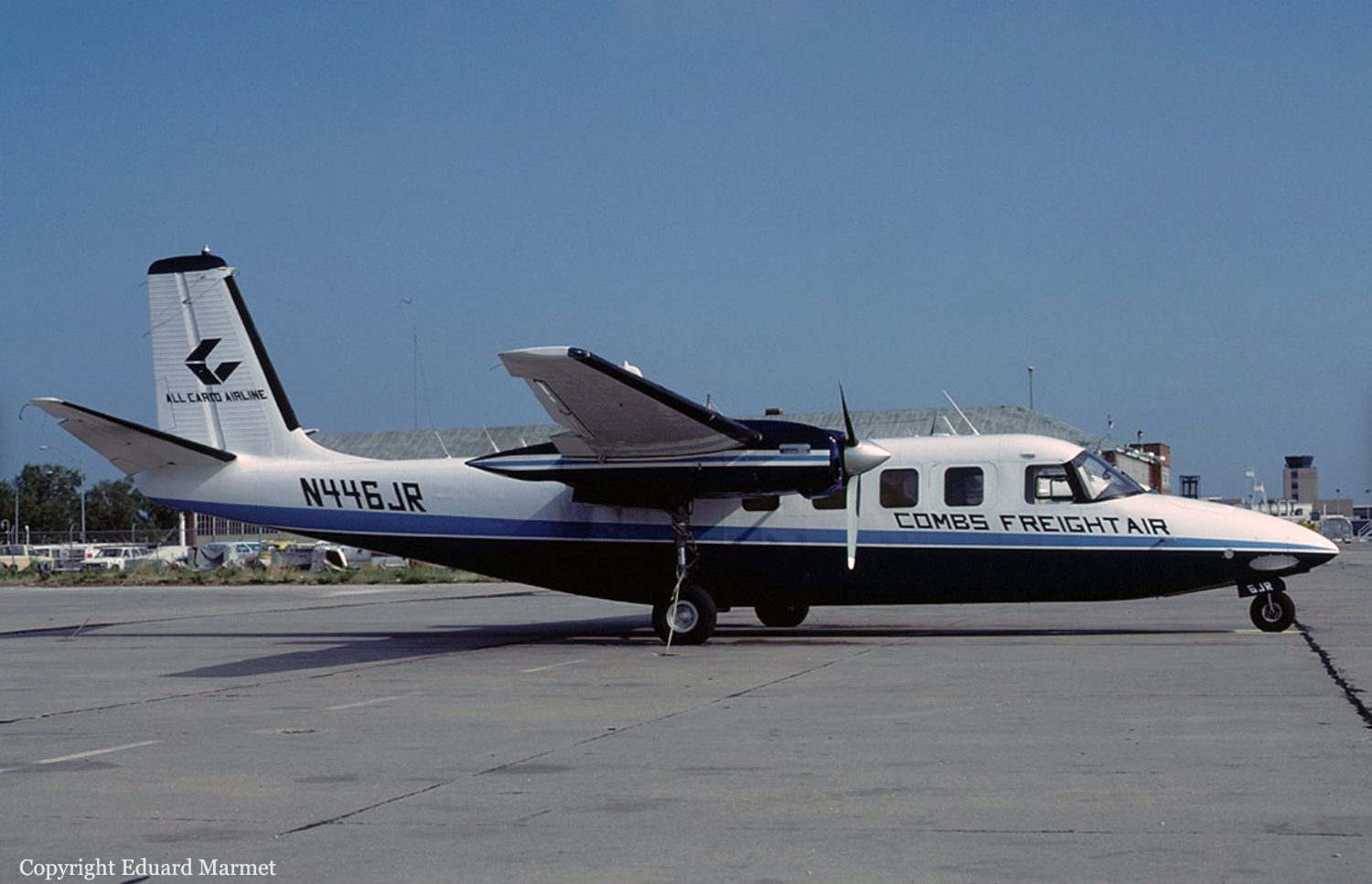Crash of a Beechcraft 99 Airliner on Mt Big Baldy: 2 killed
Date & Time:
Aug 17, 2004 at 2340 LT
Registration:
N199GL
Survivors:
No
Schedule:
Billings – Kalispell
MSN:
U-15
YOM:
1968
Flight number:
AIP5071
Crew on board:
2
Crew fatalities:
Pax on board:
0
Pax fatalities:
Other fatalities:
Total fatalities:
2
Captain / Total hours on type:
3000.00
Aircraft flight hours:
40521
Circumstances:
While on the return leg of a non-scheduled 14 CFR Part 135 VFR cross-country flight, the airplane collided with mountainous terrain at approximately 9,100 feet above mean sea level. Prior to the accident, the pilot informed air traffic control that he was VFR and level at 8,500 feet MSL. Dark night conditions prevailed at the time of the accident. The aircraft crashed on the south-facing slope of the 9,100-foot mountain near the last recorded radar position. Wreckage and impact signatures at the crash site were indicative of high energy and shallow impact with the terrain. The investigation revealed no evidence of any aircraft mechanical problems.
Probable cause:
The pilot's failure to maintain adequate terrain clearance during cruise, which resulted in the in-flight collision with mountainous terrain. Dark night conditions and mountainous terrain were contributing factors.
Final Report:







